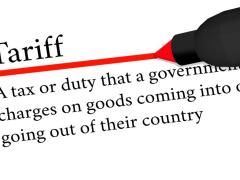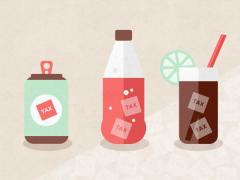Anti-dumping and countervailing duties are levied on the following:
• goods considered to be "dumped" in South Africa; and
• subsidised imported goods.
These goods are the subject of investigations into pricing and export incentives in the country of origin; the rate imposed will depend on the result of the investigations. These duties are either levied on an ad valorem basis (as a percentage of the value of the goods) or as a specific duty (as cents per unit).
The amount and type of duty imposed on a product is determined by the following main criteria:
- The value of the goods (the customs value)
- The volume or quantity of the goods
- The tariff classification of the goods (the tariff heading).
- How VAT is calculated on imported goods
- The VAT rate in South Africa is currently 14%
- To calculate VAT on imported goods, the ATV (added tax value) needs to be determined first.
This is done as follows:
[(Customs Value + 10% thereof) + (any non-rebated duties levied on the goods)] x 14%
= [ATV] x 14%
= VAT payable
The 10% mark-up on the customs value in this calculation is applicable when goods are imported from a country outside the Customs Union. Therefore, if goods have their origin in any of the BLNS countries (Botswana, Lesotho, Namibia or Swaziland), the 10% will not be added to the calculation.
When goods are exported to any of the BLNS countries, the same applies (no mark-up on the customs value to determine ATV).
Source: South African Revenue Service (Sars)











